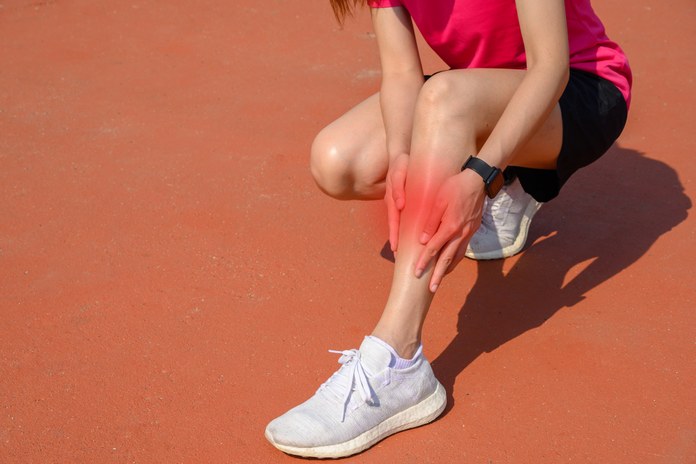Shin Splints – Why Runners Get Them and How To Prevent Them

Shin splints are among the most common running injuries, affecting around 2 out of every 3 runners. Shin splints feature inflammation and irritation of the shin bone (tibia). Both men and women can get shin splints, but women get them more often.
Shin splints typically occur when you overuse your lower legs, such as when training for a marathon or doing long, intense workouts. Shin splints usually begin as a mild ache or pain that gradually worsens over time. It typically occurs along the outer side of your lower legs, although it can also occur along other parts of the leg.
Shin splints can be caused by a variety of things, including:
- Overtraining: Too much training or exercise can place too much stress on your lower legs, causing them to become inflamed and swollen. To prevent shin splints from overtraining, we recommend taking short breaks every once in a while and applying ice if you start to feel the area inflamed.
- Improper footwear: Shoes that don’t fit correctly can put pressure on your shins, causing them to become inflamed and swollen. Also, if you’re not wearing athletic shoes to run or walk, this will put extra strain on your lower legs and trigger pain in the long term. Your shoes shouldn’t be too tight or loose, and in some cases, you might need extra support to correct problems in your feet, as we will briefly mention below.
- Overpronation: When your feet roll inward, it can cause your shinbone to receive all the tension in your feet and the weight of your body, which can cause shin splints. In case of overpronation, your feet are not distributing the weight of the body evenly, and the tension is concentrated on your medial side. It might be difficult to detect overpronation, but one of the reasons is incorrect footwear. Another reason is an incorrect technique. The best you can do is to have a professional or trainer look at you and your body movements and receive corrections on your technique to prevent lower leg pain.
